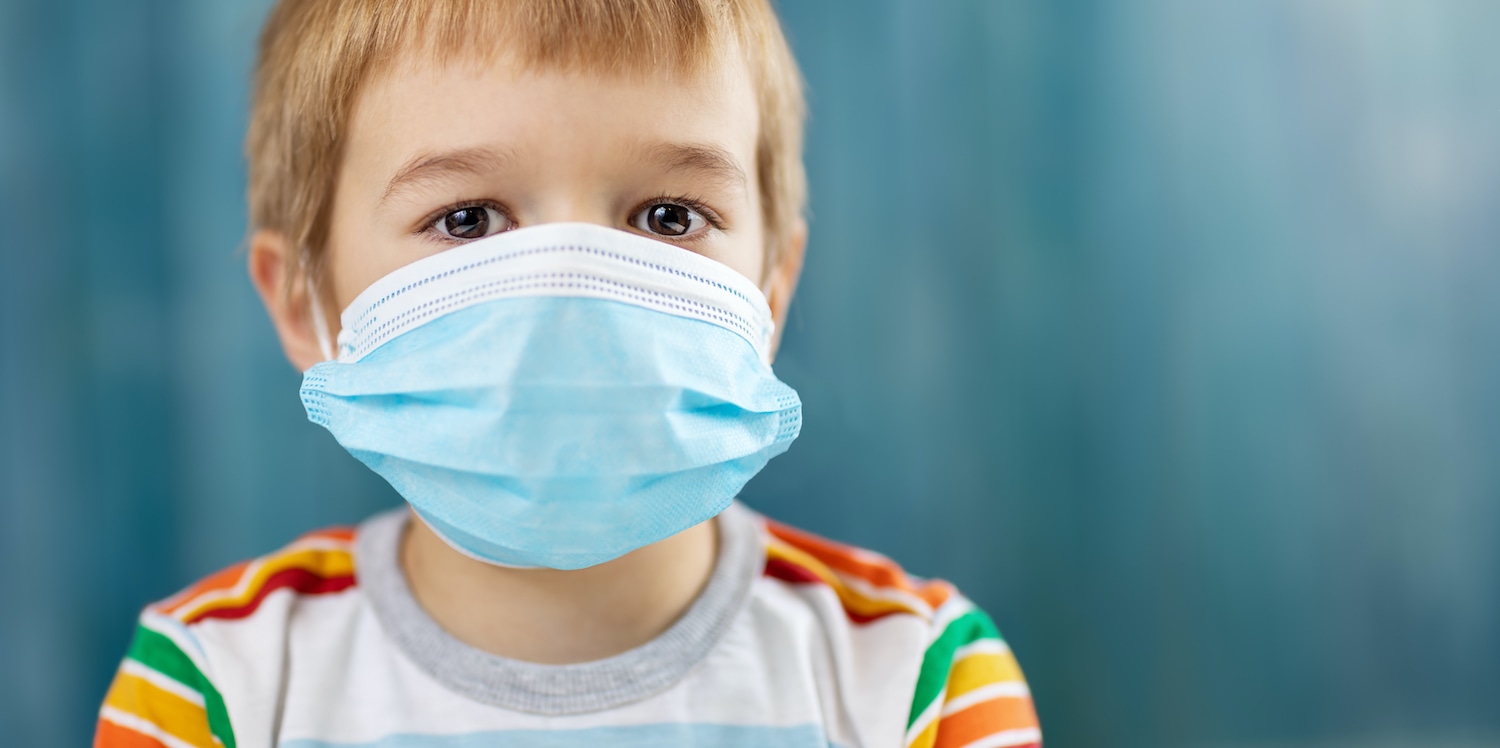Pediatric cancers have often been divided into two groups: cancers that are likely linked to a hereditary mutation and those that probably don’t have a clear genetic cause. But studies indicate that hereditary mutations are more common than once thought, across a wide variety of cancer types. Physicians treating children with any type of cancer should consider offering genetic testing to detect harmful mutations, according to a paper published Feb. 15, 2021, in Nature Cancer.
A hereditary gene mutation, passed down from a parent, is known as a germline mutation. These mutations are present in the germ cells—egg or sperm—and so they will be present in all the cells in a person’s body. Any changes to our DNA in cells in the body other than the germ cells that develop after conception are called somatic mutations. Either type of mutation can increase cancer risk.
For the new study, researchers analyzed the DNA of 751 children with solid cancers, looking for germline mutations. Among these children, 18% had gene variants that are thought to be definitely or likely linked to increased cancer risk. Some of these mutations were low-penetrance, however, which means that many people with the mutation will not develop the disease. When the analysis was restricted to mutations that come with a higher likelihood of developing cancer, 13% of children had a worrisome mutation.
Michael Walsh, a pediatric oncologist and geneticist at Memorial Sloan Kettering Cancer Center in New York City who led the research, says that these figures are comparable to germline mutation rates linked to retinoblastoma, one cancer type that does routinely prompt genetic testing. A half dozen other pediatric cancer types also routinely inspire genetic testing.
A genetic test can sometimes inform a child’s treatment, Walsh says, and can also inspire parents to take a genetic test to learn if they are at higher risk of cancer themselves, or if they could pass on a mutation to another child. He says the relatively high rate of cancer-related mutations in the children in the study means it would be worthwhile to do genetic testing for children with all types of cancers.
“There’s instances where we identify things that are important for the parents of these children through the children’s testing,” says Walsh. In the study, for example, a father of a child with cancer learned he had thyroid cancer after getting a genetic test and then an MRI spurred by his child’s genetic test.
The timing of genetic testing in children will vary depending on the availability of treatments that are likely to work for children with particular germline mutations, says Elise Fiala, a genetic counselor at Memorial Sloan Kettering who was part of the research team. “If there’s a scenario where the results have the potential to impact treatment, then that’s going to move up the importance,” Fiala says.
For instance, in some cancers known as CMMRD-related tumors, heritable mutations lead to problems with DNA damage repair. Viable immunotherapies exist for children with these mutations. For childhood cancers where genetic testing is unlikely to guide treatment, Fiala may have a conversation with parents about genetic testing months after the cancer diagnosis. This allows them some time to process the reality of the diagnosis.
In Fiala’s and Walsh’s experience, insurance plans generally cover such tests if a physician can make a justification for them, but this is far from certain and not always true even when the child has a condition like retinoblastoma where testing is routine.
Fiala also notes that genetic tests can be valuable for adult childhood cancer survivors when they’re considering whether to become parents. Even though they recovered from their own cancer, they may want to know if they are carrying mutations that could increase cancer risk in their future children. In vitro fertilization and preimplantation genetic testing—in which embryos are tested for specific inherited mutations prior to implantation—might be an option for some childhood cancer survivors who are found to have a genetic predisposition, Fiala says, to reduce the risk that their child will develop cancer.
The study aligns with findings from other researchers who have attempted to estimate the frequency of germline mutations in children with cancer. “What’s striking to me is how much the numbers cluster anywhere between 8% and 15%,” says Sharon Plon, a medical geneticist at Baylor College of Medicine in Houston. “We often do genetic testing when the likelihood of a positive result is 10% or higher.” In Plon’s experience, insurance coverage for genetic testing related to childhood cancers is highly variable. Because childhood cancer is much less common than adult cancer, Plon says, many insurance companies have not established clear guidelines about when to pay for genetic testing for kids.
Joshua Schiffman, a pediatric oncologist at the Huntsman Cancer Institute in Salt Lake City, also says that genetic testing for inherited mutations should become more routine in children with cancer. He cautions that this should not happen too precipitously, though, because in many cases the link between specific mutations and risk of a particular cancer remains unclear. He emphasizes that every child with cancer should be evaluated for the possibility of hereditary cancer, based on medical and family history, including seeing a genetic counselor if one is available. But he argues that, for now, programs of universal genetic testing in children with cancer types where testing is not yet routine should be conducted as part of a research study, where genetic counseling will be provided.
“It’s still too early, in my opinion, to say that every child goes to a genetic counselor and gets testing done and that’s the new standard of care. I believe that’s where we’re going, but in my opinion, we’re still a couple of steps away from that,” Schiffman says.
Cancer Today magazine is free to cancer patients, survivors and caregivers who live in the U.S. Subscribe here to receive four issues per year.





